David Dunbar is used to living an active lifestyle. The 72-year-old retired psychologist walked several miles a day in his West Columbia neighborhood.
But those daily walks started to take a turn in the wrong direction. “I was really short of breath and had no energy. Even walking up steps became difficult,” he said.
It got so bad that David ended up in the Emergency department at Lexington Medical Center.
Inside the hospital, Brandon C. Drafts, MD, FACC, FSCAI, cardiologist with Lexington Medical Heart and Vascular Center, diagnosed David with acute pulmonary embolism and respiratory failure. Pulmonary embolism is a condition in which one or more arteries in the lungs becomes blocked by a blood clot. That blockage can obstruct the lungs, cause stress on the right side of the heart and be life-threatening.
“Dr. Drafts told me he had a new treatment to help me that he highly recommended. He emphasized something needed to be done right away,” David said.
The procedure is called aspiration and mechanical thrombectomy with equipment by Inari Medical®. It allows doctors to go into the lungs with a large catheter and remove blood clots.
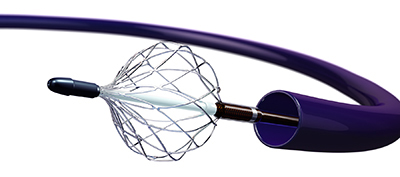
The procedure takes place inside Lexington Medical Center’s cardiac catheterization lab.
“Mr. Dunbar had a large burden of clots in both lungs and we removed them. He immediately felt better and went home the next day,” Dr. Drafts said.
Before this type of procedure was available, patients would take blood thinners or other medicines to break up the clots in the lungs or they stay in the intensive care unit after treatment. This treatment eliminates those needs.
“We can see results while patients are still on the table in the catheterization lab, including better oxygen saturations, blood pressure and heart rates,” Dr. Drafts said.
David was even awake during the procedure and could view the screen the clinical team used to guide the catheter to remove the clots.
“I’m sure they saved my life,” David said.
The field for treating patients with pulmonary embolism is evolving in new ways, as doctors learn more about what they can do with catheters.
During the COVID-19 pandemic, the incidence of blood clots has been higher. So the need for this technology has become greater. Other centers have referred patients to Lexington Medical Center for this procedure.
These days, David is back to staying busy walking, golfing and grateful for the state-of-the-art procedure that saved his life.
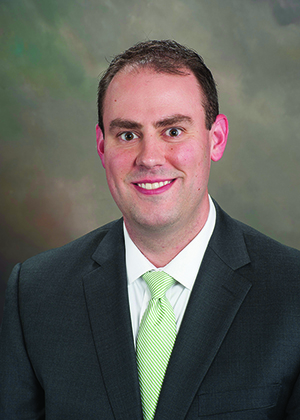
Brandon C. Drafts, MD, FACC, FSCAI, Lexington Medical Heart and Vascular Center

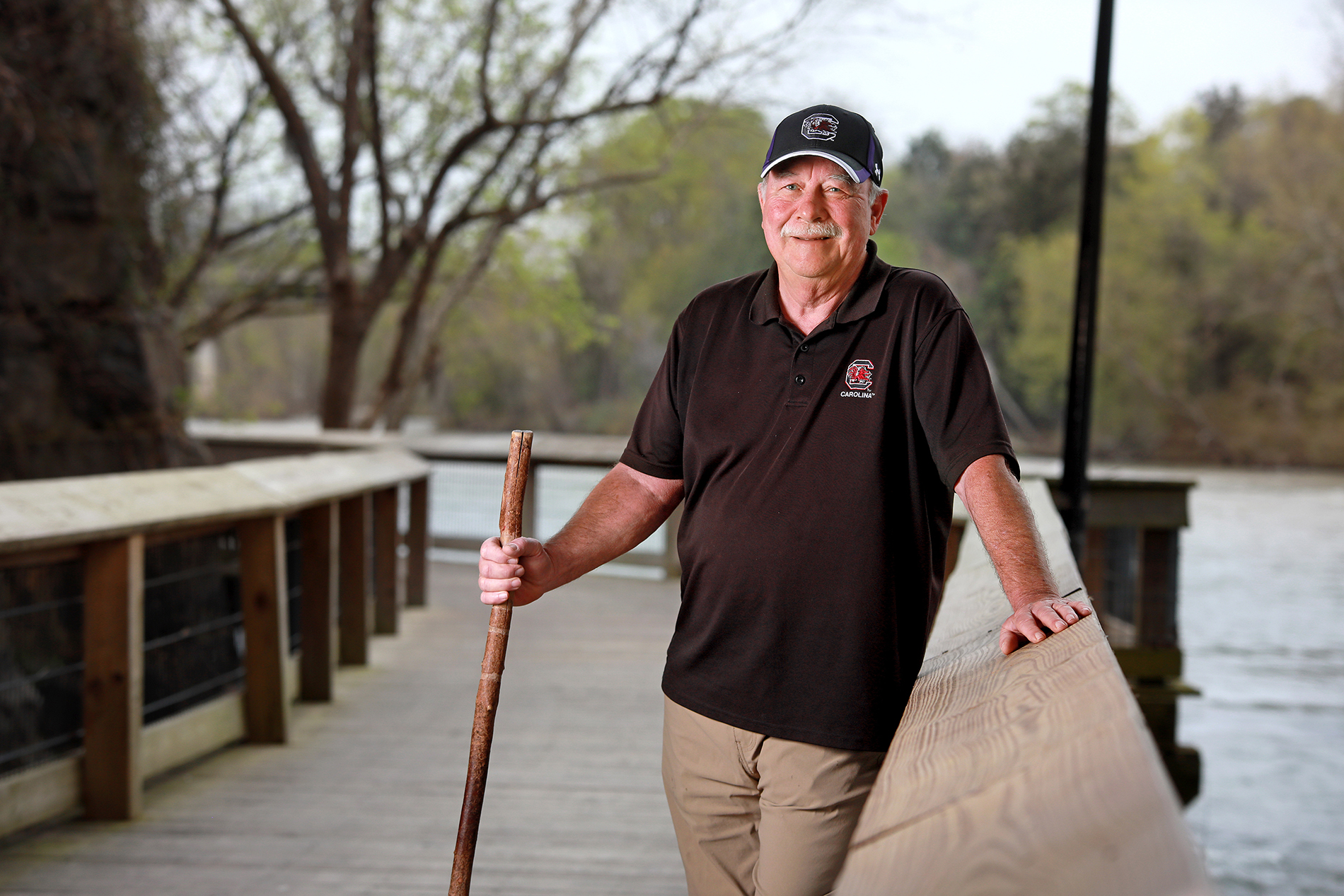

.jpg?sfvrsn=dd1f6f0a_0)
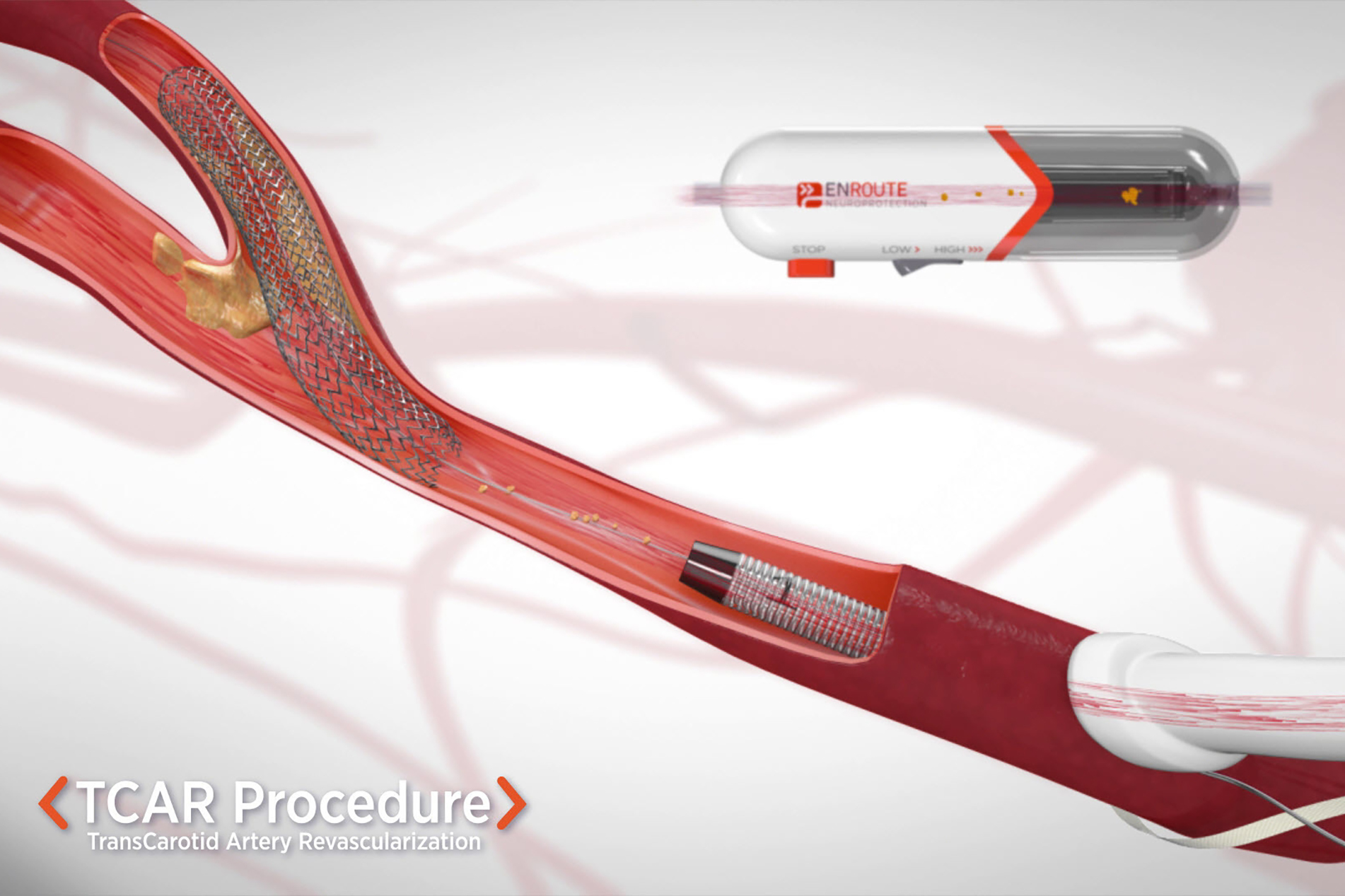
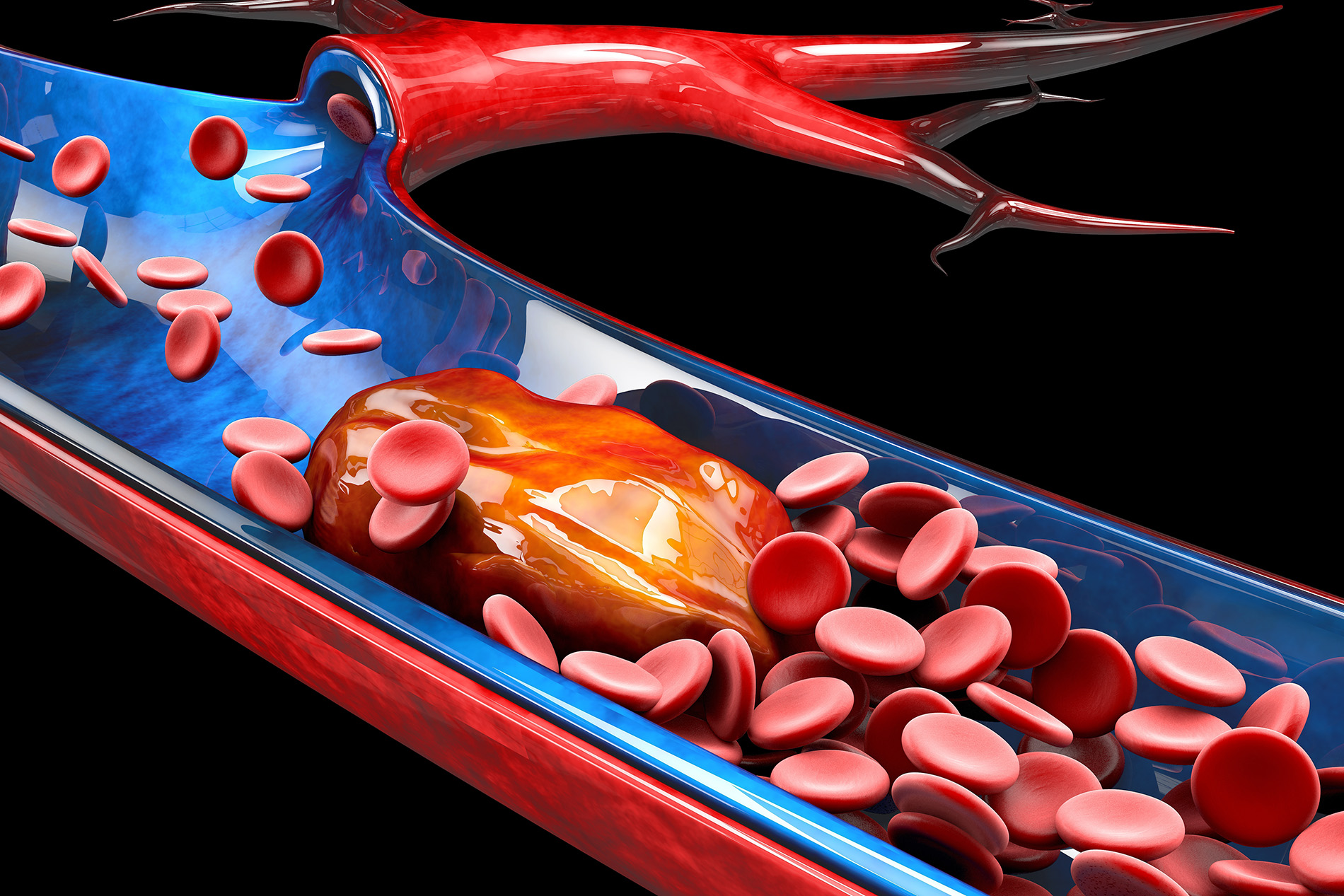

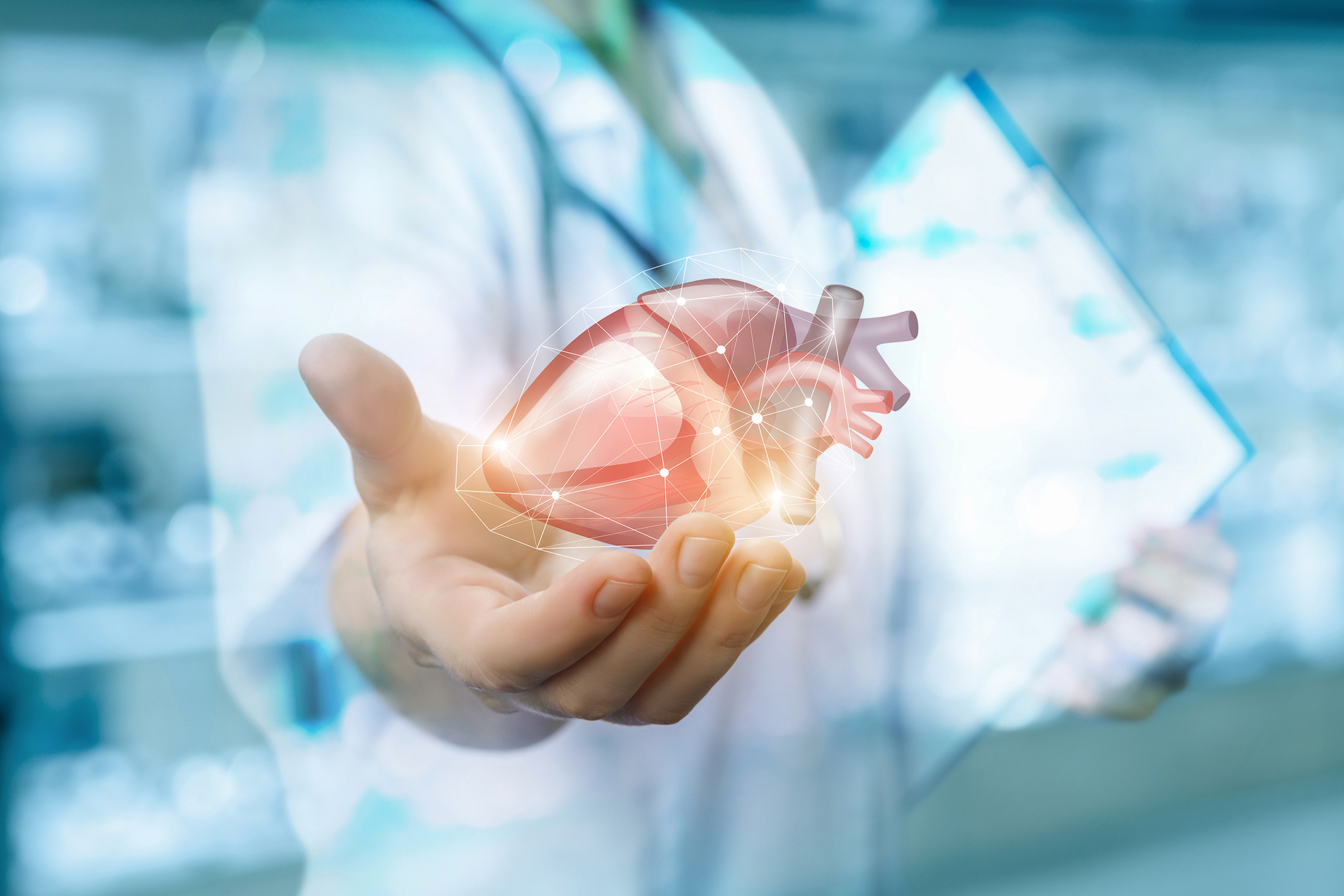


Leave a comment